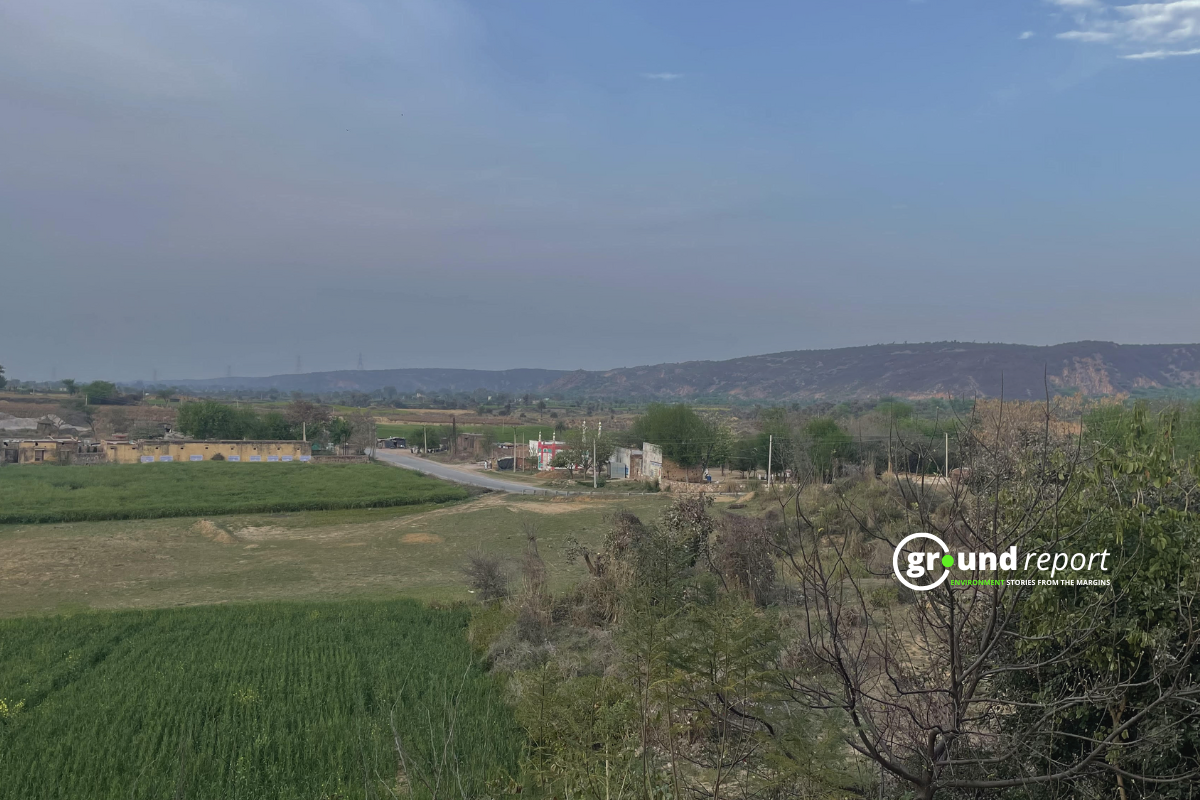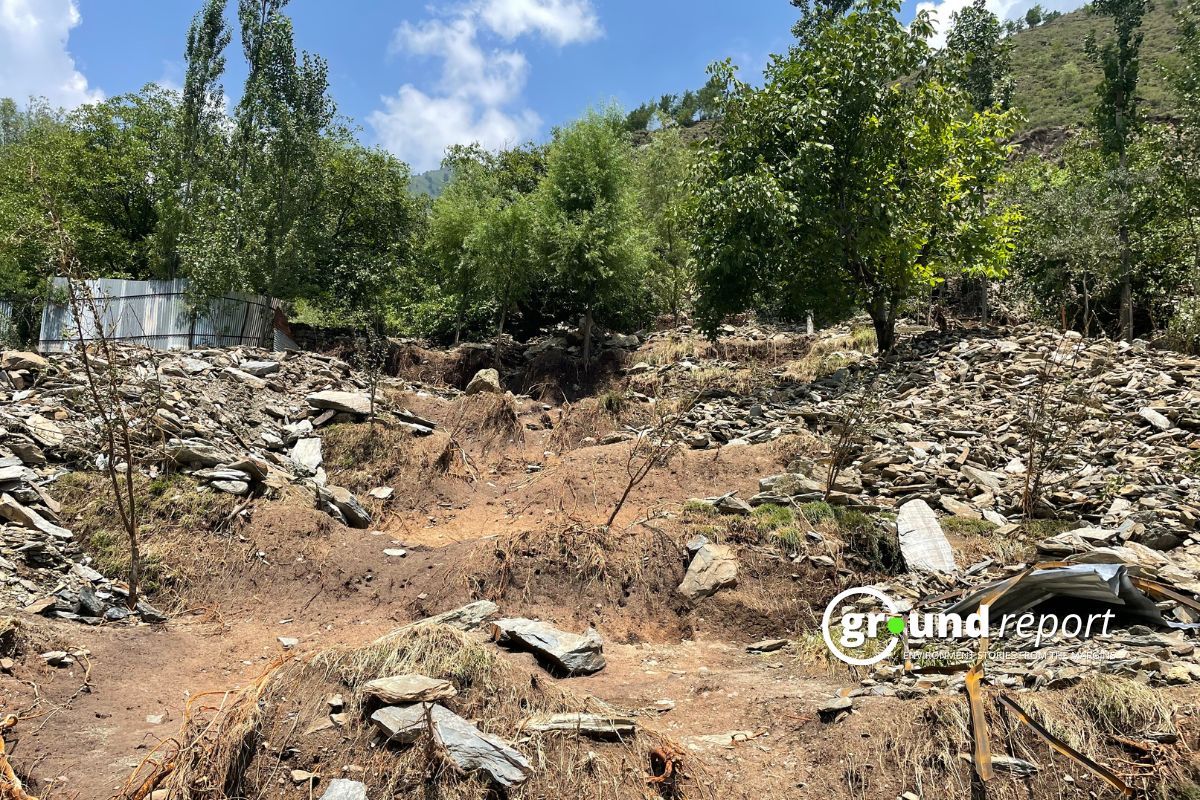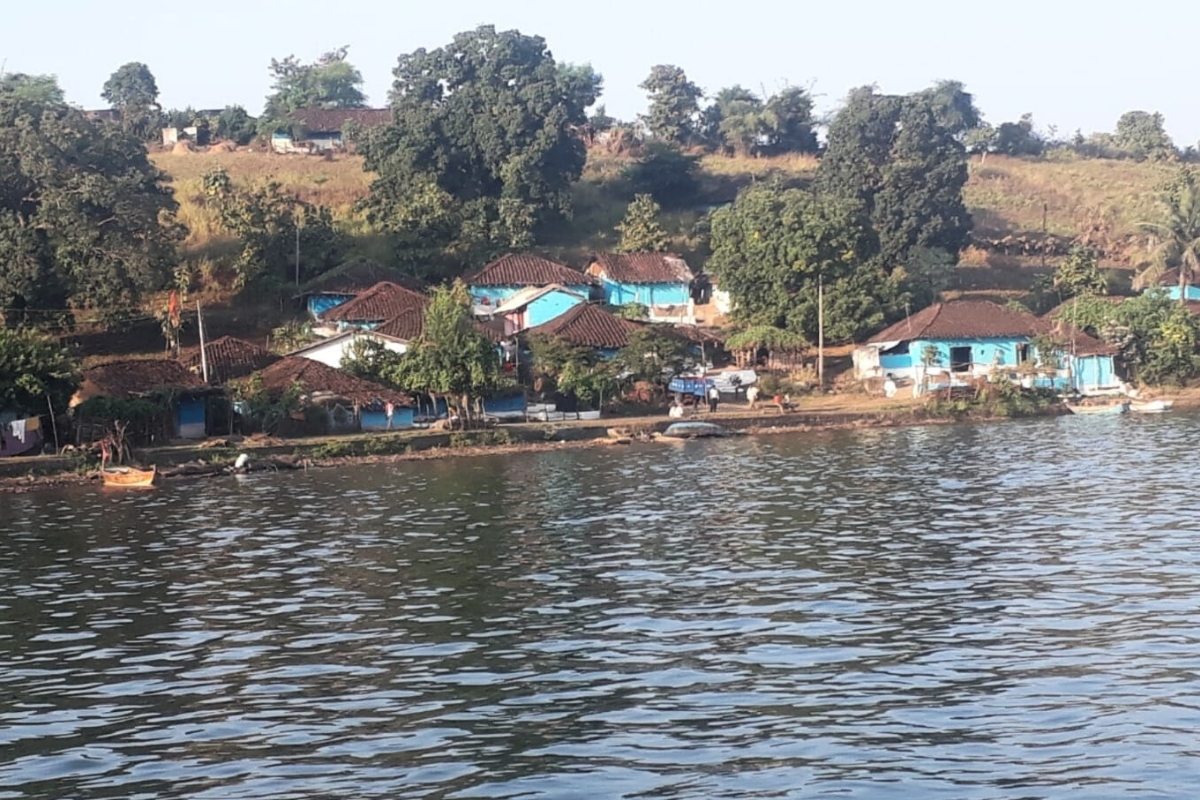Odisha is one of India’s worst-affected states by lightning strikes during the pre-monsoon and monsoon periods. On 2nd July 2024, the state announced restrictions on cutting existing palm trees and plans to plant around 1.9 million new ones. The initiative is based on the idea that palm trees can act as natural conductors during lightning strikes, potentially diverting the charge away from people and structures.
These are measures taken when a ScienceDirect study revealed a worrying increase in lightning strikes across Odisha. Mayurbhanj, Sundargarh, and Keonjhar experienced the highest incidence. Odisha’s Principal Chief Conservator of Forests, Debidutta Biswal, explained, “Palm trees act as natural lightning strikes and prevent loss of lives. The government decided in September 2023 to plant more palm trees and protect existing ones.”
The state’s forest department aims to plant around 1.9 million palm trees across Odisha in 2024-25, planting four near each forest block boundary, with an estimated budget of Rs 7 crore.
The Annual Lightning Report 2021-22 reveals that 96% of lightning victims come from rural areas, including farmers, cattle grazers, fishermen, jungle hunters, and labourers in open fields. According to NITI Aayog, as of 2014, 76% of Odisha’s 4.37 crore population is involved in agriculture, including horticulture, animal husbandry, fisheries, forestry, and related activities. Hence, it becomes essential to implement preventive measures against lightning strikes. But, the question presents itself: is planting palm trees effective?
Palm tree plantation and concerns
The Odisha government’s proactive stance on lightning deaths is commendable, but the palm tree solution has met with scepticism from lightning research and disaster management experts. In 2018, the government issued advisories about palm tree planting, but they didn’t yield significant results. Professor Manoranjan Mishra from the Department of Geography at Fakir Mohan University, Balasore, raises several concerns. He has researched lightning in India, especially in Odisha.
Mayurbhanj and Balasore districts report the highest number of lightning deaths followed by Ganjam and Keonjhar. Lightning strikes are reported between May and September.
Recent data shows the impact of lightning strikes in Odisha, from 2018-19 to 2022-23, 2,058 deaths were reported. Lightning significantly contributes to the death toll from natural calamities. During the same five-year period, 16,372 people died from natural disasters in the state.
In 2020-2021, Odisha had 20.43 lakh (2.043 million) lightning strikes, a 37% increase from 2019-20’s 14.8 lakh (1.48 million) strikes. The Annual Lightning Report also noted significant fluctuations in strike frequency, with a 34% increase from 2019-20 to 2020-21, followed by a 19.5% reduction in 2021-22.
The lightning crisis in Odisha is complex and requires a comprehensive, data-driven, and scientifically grounded strategy. Professor Mishra says, “We have to change our ethics. Efforts aren’t working. We can’t just put money into forecasting or in these agencies and expect a solution. We need to explore alternatives with success stories from other countries.”
He claimed that the government spends 90% of the budget on forecasting and only 10% on mitigation and public awareness. Further criticising the implementation measures, he berates, “lighting has become a big business, with many NGOs and companies in Delhi selling lightning protection systems, often without proper testing. Despite the large amount of money spent on forecasting, the accuracy remains low, and point forecasting is almost impossible.” He emphasises that the simple measures like public awareness campaigns and practical safety steps could reduce lightning deaths by 85% but these are often overlooked in favour of more expensive business-driver solutions.
Palm trees’ effectiveness in lightning unproven
Lightning behaviour is complex. It doesn’t always strike the highest point. Mishra explains, “It all depends on the intensity. Sometimes, if there’s higher intensity, there will be steep ladders. It’s not the highest point; the lowest point is connected.” This unpredictability makes relying on tall structures like palm trees for protection challenging.

Mishra highlights the lack of scientific evidence supporting palm trees’ effectiveness in reducing lightning casualties. “There’s no specific study proving palm trees are the solution for lightning mitigation,” he notes. The effectiveness of palm trees in reducing lightning casualties remains largely anecdotal.
Another significant issue is the long growth period of palm trees, taking approx 20 years to grow tall 12 to 25ft in height enough to intercept lightning. This waiting period raises questions about the initiative’s impact on reducing casualties. Mishra raises sustainability concerns about palm trees being struck and burned by lightning. “Every year, some trees are burned. Are the burned trees resilient or not? That’s a big question,” he observes. This repeated destruction could undermine the long-term effectiveness of the protection strategy.
Palm trees not always effective
Palm trees can easily catch fire when struck by lightning due to their high moisture content and flammable substances, according to the Lightning king report. This would be of grave concern in rural areas where some houses still have thatched roofs. Or, even in the fields with makeshift homes. According to the Socio-Economic caste census 2011, in rural areas almost 65.13% of households live in Kutcha houses, while only 34.80% live in Pucca houses.

Mishra added, “The critical issue is the lack of comprehensive data. Some agencies can provide lightning strike data, but there’s a lack of geographically tagged data on lightning-related deaths. Without this, it’s challenging to develop targeted mitigation strategies and evaluate the effectiveness of interventions like the palm tree initiative”.
The palm tree approach isn’t unique to Odisha. Similar initiatives have been tried in other countries, including Bangladesh. However, Mishra notes, “In Bangladesh, where palm tree planting was initiated to reduce deaths, lightning fatalities still remain high.” This international experience suggests that palm trees may have limited effectiveness as a primary lightning protection strategy.
Global lightning safety strategies vary
Experts from other countries have proposed more effective solutions. Chandima Gomes, a professor of high-voltage engineering at the University of Witwatersrand in South Africa, suggests using repurposed materials like cargo containers as “safe shelters.” These weather-resistant structures can act as Faraday cages, protecting people from lightning strikes. This approach has been implemented in remote mining sites in Papua New Guinea, Tanzania, and Peru.
However, officials in the Odisha government are unaware of such solutions. One official stated, “We don’t know anything about cargo containers; this is the first time I’ve heard of this. For now, as the government has ordered, we will plant palm trees only.”
Some countries have effective public awareness campaigns, and slogans like “When Thunder Roars, Go Indoors!” have reduced lightning casualties. However, Mary Ann Cooper, a lightning safety expert, notes that this advice isn’t always feasible in India, where many people work outdoors in agriculture and construction.
Colonel Professor Sanjay Srivastava, who started the “Lightning Resilient India Campaign,” suggests measures suitable for rural and mountainous areas. These include backcountry lightning risk management (identifying safer spaces like lower elevations, caves, and dense forests), teaching lightning safety positions (crouching in a ball-like position with head tucked and hands over ears), and developing community-wide lightning safety systems using locally available materials like charcoal, mud, sand, and bamboo sticks as support to the 16 mm thick iron wire.
Integrate data for targeted mitigation
Mishra emphasises the importance of data integration, “If I take five-year data, I see the cloud-to-ground activities in Odisha, affected villages, and death data… I just integrate these with vegetation and elevation data to make a pre-monsoon vulnerability map,” he says. This approach could lead to targeted mitigation strategies, focusing resources on the most vulnerable areas and populations.
The palm tree initiative shows Odisha government’s commitment to addressing the lightning problem, but experts argue for a more comprehensive strategy. Public awareness and education are crucial. Simple, clear messages about lightning safety could save many lives. Mishra notes, “Don’t stand below a tree or the highest point… This can save many lives.”
Odisha needs collaboration between government agencies, scientific institutions, and local communities. Regularly reviewing and assessing the palm tree initiative and other strategies is essential for effective resource use. Ongoing public education campaigns should adapt to reach different population segments, including rural communities and outdoor workers at higher risk.
Keep Reading
Lightning strikes leave two children without their mother in West Bengal
In Jammu, lightning strikes kill livestock, compensation not adequate say shepherds
Indigenous communities in J&K struggle with increasing lightning risks to livelihoods
Support us to keep independent environmental journalism alive in India.
Follow Ground Report on X, Instagram and Facebook for environmental and underreported stories from the margins. Give us feedback on our email id greport2018@gmail.com.
Don’t forget to Subscribe to our weekly newsletter, Join our community on WhatsApp, and Follow our YouTube Channel for video stories.









